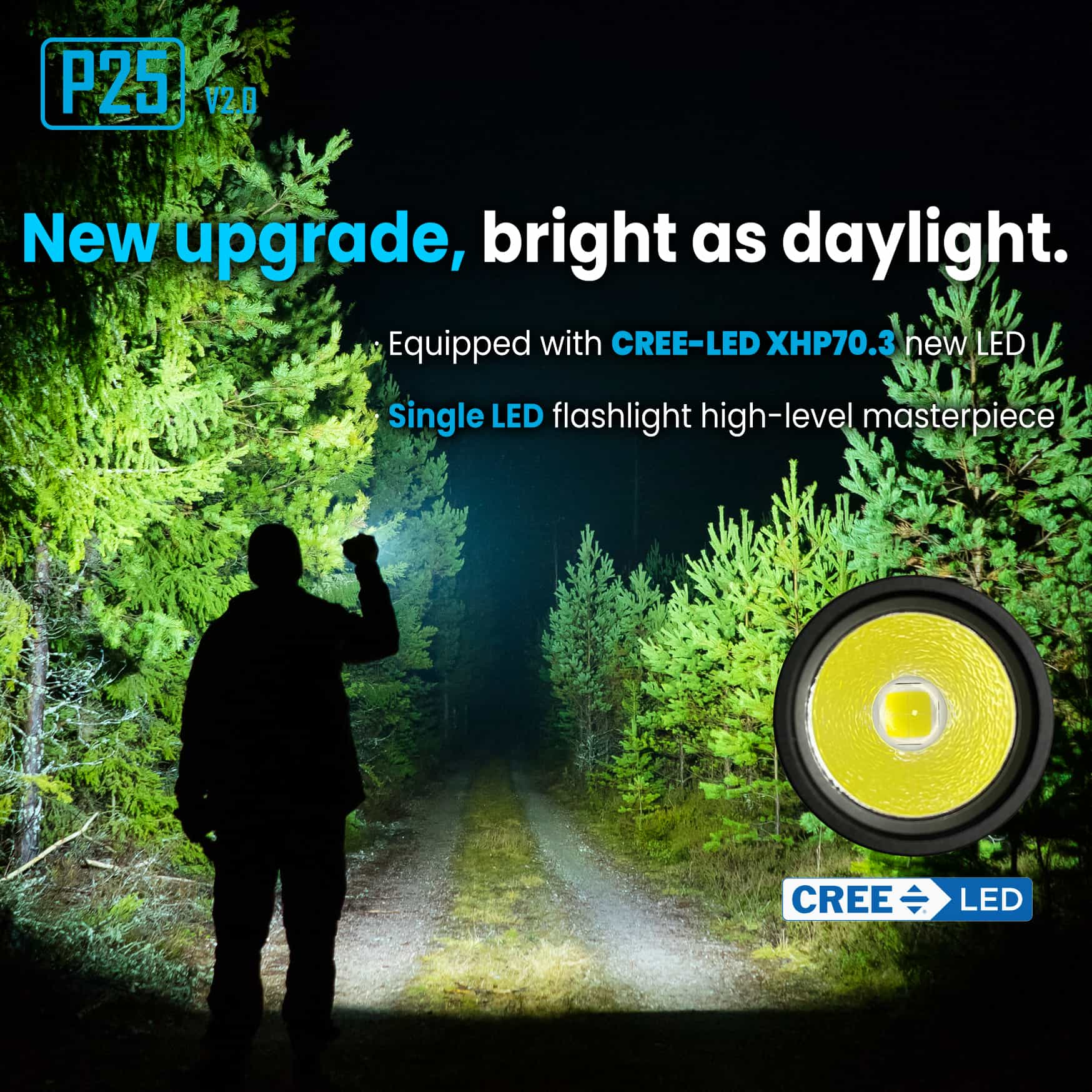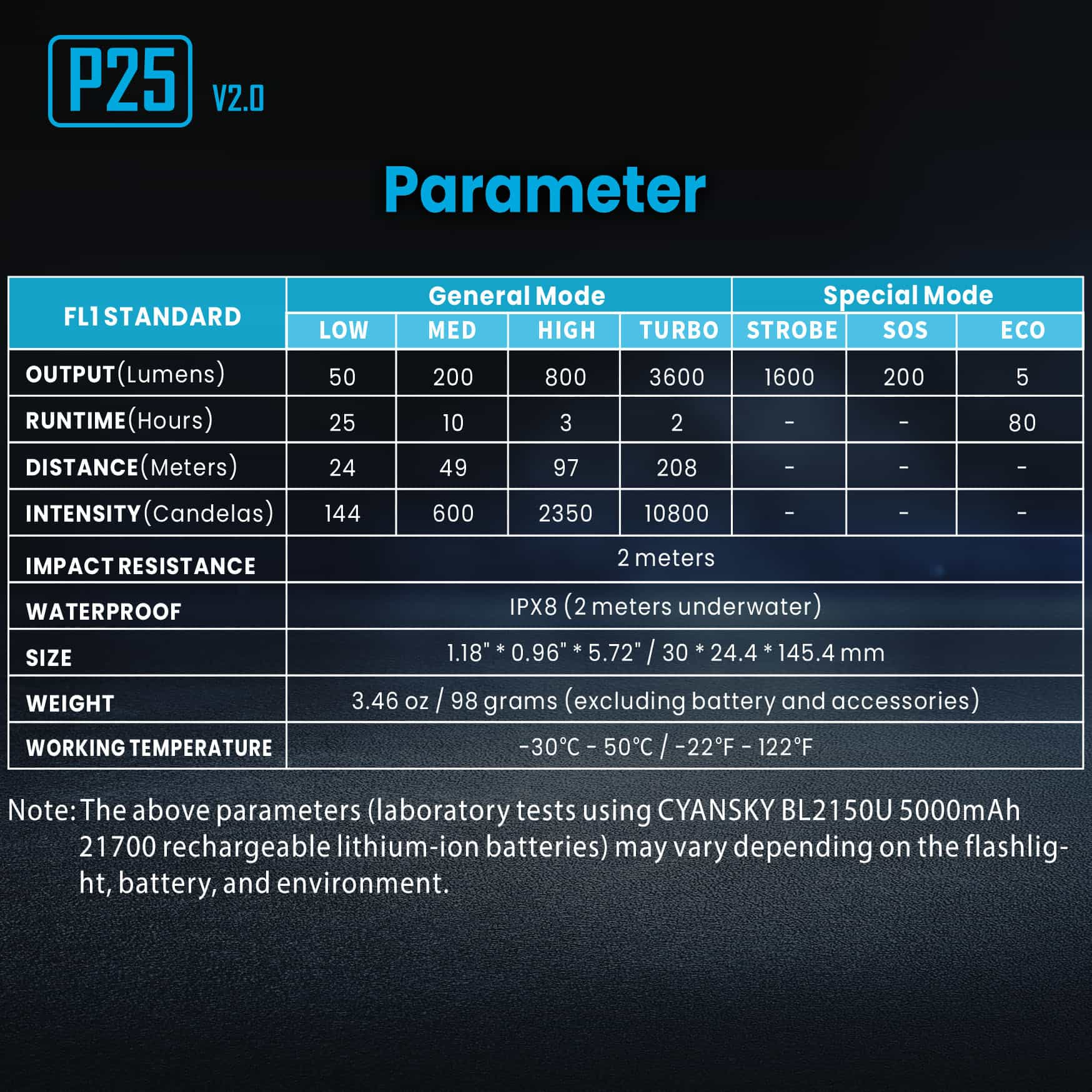The Future of LED Flashlight Technology: What to Expect
Future Flashlight Technology
The evolution of LED flashlight technology is on an upward trajectory, showcasing significant advancements in efficiency and performance. These flashlights, also known as torches or lanterns, have garnered increasing popularity due to their robust durability and energy-saving capabilities. The innovations in LED technology are reshaping the landscape of the flashlight industry, offering users a diverse array of benefits that extend beyond traditional lighting solutions.
Innovations in LED Technology: The future of flashlight technology is bright, with LED advancements paving the way for enhanced efficiency and performance.
LED Advantages
LED flashlights offer a multitude of advantages over traditional incandescent flashlights, making them an ideal choice for various lighting needs.
Energy Efficiency
LED flashlights are highly energy-efficient, consuming significantly less power than traditional incandescent flashlights. This not only makes them cost-effective but also reduces their environmental impact.
The integration of Cree LED technology in flashlights ensures long-lasting and bright illumination, providing users with reliable lighting solutions for extended periods.
Durability and Longevity
LED flashlights are designed to be more durable and have a longer lifespan compared to traditional flashlights. This robust construction reduces the need for frequent replacements, making them a sustainable choice.
Their durability makes LED flashlights well-suited for outdoor activities and emergency situations, offering users a dependable source of light even in challenging conditions.
Eco-friendly Impact
LED flashlights are making a significant contribution to environmental conservation by minimizing energy consumption and reducing carbon emissions. The use of sustainable materials in the production of LED flashlights aligns with eco-friendly initiatives, promoting a greener approach to lighting solutions.
Reduced Environmental Footprint
LED flashlights play a crucial role in reducing the environmental footprint by consuming less energy and emitting lower levels of carbon compared to traditional flashlight technologies.
The incorporation of sustainable materials in the manufacturing process further enhances their eco-friendly impact, making them an environmentally responsible choice for consumers.
Recyclability and Waste Reduction
Designed with recyclable components, LED flashlights significantly reduce the environmental impact of electronic waste, aligning with sustainable waste management practices.
The transition to LED technology in flashlights supports environmentally conscious initiatives by minimizing the disposal of non-biodegradable materials, contributing to overall waste reduction efforts.
Choosing the Right
When selecting the best flashlight to meet your specific needs, there are several essential factors to consider. These factors play a crucial role in determining the suitability of an LED flashlight for different applications and environments.
Factors to Consider
Brightness Levels: Evaluate the brightness levels offered by different LED flashlights to ensure they align with your specific lighting requirements. Whether you need a high-intensity beam for outdoor activities or a lower setting for close-range tasks, choosing the appropriate brightness level is essential.
Battery Life: Consider the battery life of the flashlight, especially if you intend to use it for extended periods. Longer battery life ensures continuous illumination without frequent battery replacements, making it an important consideration for outdoor enthusiasts and emergency preparedness.
Durability: Assess the durability of LED flashlights by examining their construction materials and impact resistance. A durable flashlight can withstand rugged conditions, making it suitable for outdoor adventures and demanding situations.
Size, Weight, and Beam Distance: The size and weight of a flashlight can significantly impact its portability and ease of use. Additionally, evaluating the beam distance helps determine its suitability for various applications, such as camping, hiking, or tactical use.
Comparing Different Models
To make an informed decision when purchasing an LED flashlight, compare the features and specifications of models offered by reputable brands. Look for attributes such as waterproofing, multiple light modes, and ergonomic designs that enhance user experience. Additionally, reading customer reviews and seeking expert recommendations provides valuable insights into the top flashlights available in the market.
Performance & Safety
Optimizing Performance
To ensure the optimal performance and longevity of Cree LED flashlights, it is essential to adhere to manufacturer guidelines for battery maintenance and storage. Following these guidelines will help maximize the efficiency and lifespan of the flashlight, providing users with reliable illumination when needed. Additionally, regular cleaning and inspection of Cree LED flashlights are crucial to ensure their proper functionality and prevent any potential performance issues during use.
Safety Considerations
When using Cree LED flashlights, it is important to observe safety precautions to avoid accidents and damage. Proper handling and storage play a significant role in maintaining the safety features of the flashlight. It is advisable to refrain from exposing Cree LED flashlights to extreme temperatures and moisture, as these conditions can impact both their performance and safety attributes.
Flashlight Innovations
The future of flashlight technology is poised to introduce further advancements in energy efficiency, sustainability, and overall performance. As consumers continue to prioritize eco-friendly and durable lighting solutions, the selection process for the right LED flashlight becomes increasingly crucial. With ongoing innovations, LED flashlights persist in providing users with dependable and environmentally conscious lighting options for a wide range of applications.
See Also
The Evolution of Flashlight Tech: Benefits of LEP Flashlights
Exploring the Ease of the QC718 8 In 1 Screwdriver Set LED Flashlight
No-Hassle Use: The Multi-Hued LED Flashlight for Outdoor Excursions
Uncover the Prime 6 Aspects of the Helius PK80 Rechargeable LED Flashlight


